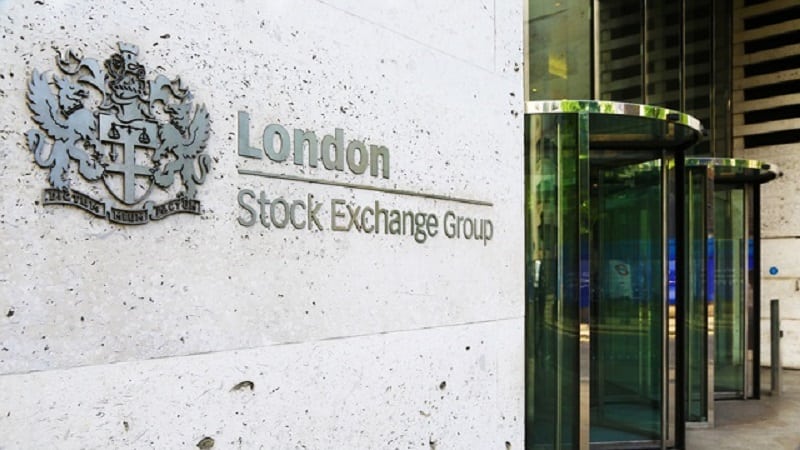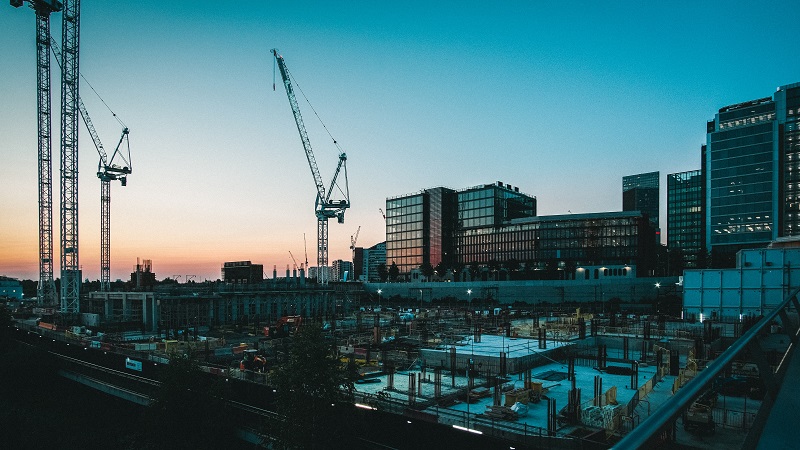By Rahul Bhushan, managing director at ARK Invest Europe
The landscape for infrastructure investing continues to evolve rapidly.
Trump’s latest tariff salvos have jolted markets, stoking recession fears and volatility though, paradoxically, this turmoil is creating potential tailwinds – not least that bond yields are falling as investors anticipate central bank support.
Rapidly falling interest rate expectations are a boon for infrastructure projects and companies. These are capital-intensive businesses that thrive as financing costs decline.
If borrowing becomes cheaper due to central banks easing policy, infrastructure developers can refinance and invest in new projects at lower cost, opening a new window of opportunity for infrastructure investors and bolstering future returns.
Infrastructure as a safe haven
In uncertain times, investors gravitate toward stable, cash-generating assets. Infrastructure fits the bill. Assets like toll roads, airports, cell towers, and utilities, deliver essential services that are necessary regardless of the economic cycle.
This reliability translates into steadier revenues and dividends, providing defence in a turbulent market.
A key appeal now is inflation pass-through, and many infrastructure businesses have inflation-linked pricing. If Trump’s tariff policies spark a second round of inflation or stagflation concerns (higher import costs), infrastructure revenues can adjust upward.
For example, regulated utilities and transport concessions often pass through inflation via rate hikes or toll increases.
Infrastructure equities also historically exhibit lower beta than the broader equity market, while offering dividend income.
And the asset class has shown it can diversify away from high-flying tech risk. In 2024, while ‘Magnificent Seven’ tech stocks dominated gains, infrastructure provided a differentiated return stream, helping to diversify concentrated equity exposures.
Secular super-cycle
We are at the front end of a multi-decade infrastructure super-cycle driven by the twin imperatives of decarbonisation and digitalisation.
Governments and businesses worldwide are pouring capital into upgrading and expanding infrastructure to meet 21st-century needs.
The rise of AI, cloud computing, and data consumption is fuelling unprecedented demand for data centres, fibre networks, and telecom towers and global data centre construction is at record levels as AI investment surges.
In fact, industry projections now show the hyperscale data centre market quadrupling from $163bn in 2024 to over $600bn by 2030 – an astonishing growth trajectory.
This translates into huge expenditures on servers, power systems, and real estate, which will only serve to benefit companies in the digital infrastructure ecosystem.
At the same time, the global push for clean energy and climate resilient infrastructure is accelerating. Clean energy investment is now outpacing fossil fuel investment by roughly 2-to-1 globally. In 2024, about $2trn went into clean tech (renewables, EVs, grids, storage, etc.), versus ~$1trn into oil, gas, and coal – a gap that continues to widen.
Traditional infrastructure is being reimagined for resilience purposes. Aging highways, bridges, railways, and ports are being overhauled with an eye on both capacity and climate adaptation.
These initiatives will directly benefit companies involved in construction, engineering, smart mobility technology, and rail/transit operations.
What’s more, as Trump’s tariffs continue to exacerbate trade tensions, manufacturers are being prompted to re-shore or ‘friend-shore’ production. This industrial realignment requires significant new domestic infrastructure – from expanded manufacturing facilities and logistics hubs to upgraded freight rail and warehousing.
Public and private investment
While Trump’s fiscal pivot towards austerity means less federal funding for new infrastructure projects, the need for infrastructure isn’t going away – if anything, it’s growing.
As a result, private capital is rushing in to fill the gap and we’re currently seeing robust interest from institutional investors, private equity infrastructure funds, and other non-government sources to finance roads, bridges, broadband, and energy projects.
Additionally, Trump’s tariff policy, while disruptive, could inadvertently turbocharge certain US infrastructure segments. By making imported goods costlier, tariffs encourage domestic manufacturing and resource development.
Companies looking to avoid import costs might build new factories or facilities in the US, which in turn requires new infrastructure (power, water, transportation) to support them.
Similarly, if supply chains reroute to allies like Mexico or Canada, due to tariffs on China, infrastructure at border crossings, rail links, and trade corridors will need expansion.
As the US looks to austerity, Europe is taking the opposite tack with many European governments doubling down on fiscal spending for infrastructure (and defence) as a growth strategy.
EU leaders have unveiled plans to mobilise up to €800bn for defence and infrastructure upgrades. This includes everything from traditional transport infrastructure to digital networks and energy systems.
The European Commission and member states are actually relaxing fiscal rules to enable this investment boom. As ECB President Lagarde highlighted in March 2025, these “transformational changes” – massive public outlays on infrastructure – are expected to support growth in the EU.
For investors, this means European infrastructure firms (construction companies, renewables developers, rail and utility operators, etc.) have a strong tailwind of government spending and policy support behind them.
All in all, the road to investment opportunities in infrastructure look pretty smooth for the foreseeable future.










